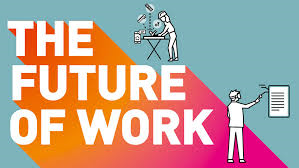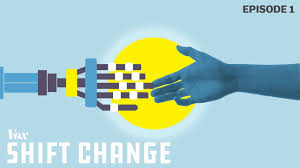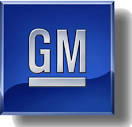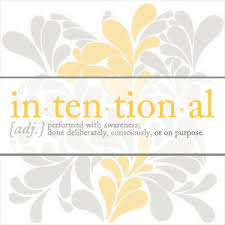Coronavirus Conundrum.
I love to delve into conundrums in the businesses with which I work. For complex business problems it’s a nice way to add an interim step before planning. The process has me identifying no more than 10 contradictions is business, consumer care-abouts, brand good-ats and/or financial drivers. These I then presented to business and stakeholders for a discussion. The results help me with the boil-down.
One major conundrum in my city of Asheville and across the U.S. for that matter is what to do with employees in the hospitality business who receive paychecks from the Paycheck Protection Program once money starts to flow.
Let’s say you own a restaurant and had to shut it down. You let 8 people go. The Paycheck Protection Program requires you pay them a salary in order for you to accept the SBA money. But the store (restaurant talk) isn’t open for business. What do you do? I’d suggest getting them out of their houses (safely, and 6 feet apart) and putting them to work. Find a way to cross train them. Have them paint the bathrooms. Clean the storage rooms. Clean behind the stove. From a creative point of view, have everyone (again, safely distanced) rethink the menu. The supply chain. Sourcing of ingredients. Seating arrangements. Have them think about the business in new business-improving ways.
This is a time to think. To improve. To do. And now you actually have a bit of “think and do” time.
Peace.









